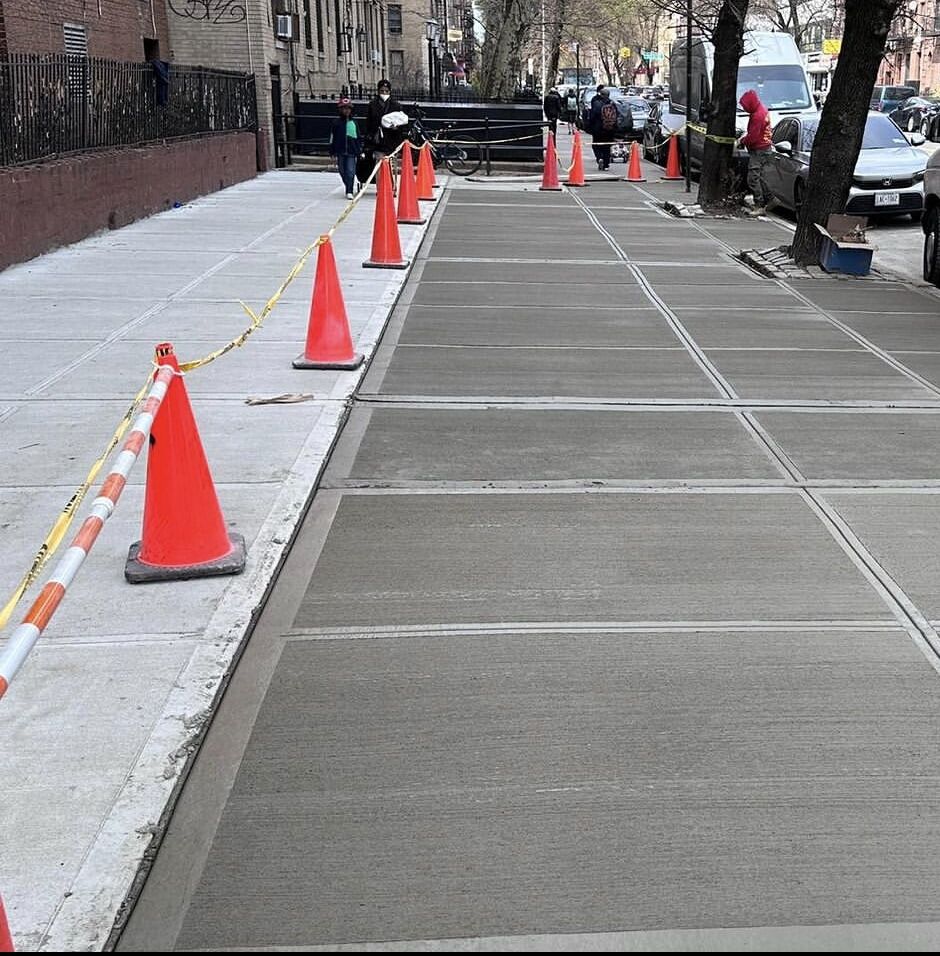If you think reading New York City sidewalk rules is tough, try doing it when you’re constantly switching between Brooklyn and Manhattan. Same big-city playbook, sure, but the play calls change from block to block. Understanding these differences could save you thousands in violation fees and headaches down the road.
Understanding the Basic Framework
Both Brooklyn and Manhattan operate under the same foundational NYC sidewalk regulations, but the devil is in the details. Manhattan’s dense urban environment creates unique challenges that Brooklyn’s more varied landscape doesn’t always face. The Department of Transportation (DOT) oversees sidewalk regulations citywide, but local enforcement patterns tell a different story.
Manhattan property owners frequently encounter higher foot traffic, leading to increased wear and tear on sidewalks. This translates to more frequent inspections and potentially more violations. Brooklyn, with its mix of residential neighborhoods and commercial strips, sees more varied enforcement depending on the specific area.
Manhattan’s Strict Enforcement
Manhattan takes sidewalk violations seriously, and the numbers prove it. The borough consistently leads in violation issuance, partly due to its concentrated business districts and tourist areas.
Key Manhattan characteristics include:
- Higher inspection frequency in commercial zones
- Stricter enforcement of obstruction violations
- More immediate response to public complaints
- Greater focus on ADA compliance in busy areas
In the Financial District and Midtown, the rules get super serious. A hairline crack or a tiny rise in the pavement can spawn a ticket. That’s why owners in these zip codes set aside cash each year for sidewalk upkeep. It’s a cost of doing business.
Brooklyn’s Neighborhood-Specific Approach
Brooklyn’s approach to New York sidewalk regulations varies dramatically by neighborhood. Park Slope might see enforcement patterns similar to Manhattan’s stricter areas, while residential Bensonhurst could have more lenient inspection schedules.
Brooklyn’s enforcement tends to focus on:
- Severe safety hazards rather than minor cosmetic issues
- Tree root damage, which is more common in residential areas
- Snow and ice removal violations during winter months
- Construction-related sidewalk damage
The borough’s diverse housing stock, from brownstones to apartment complexes, creates unique challenges. Tree-lined streets in neighborhoods like Carroll Gardens face different issues than the commercial corridors of Sunset Park.
Cost and Timeline Differences
Repair costs between the boroughs can vary significantly, though not always in predictable ways. Manhattan’s premium labor costs are offset by Brooklyn’s sometimes challenging logistics for material delivery and parking.
Timeline expectations differ too. Manhattan contractors often work faster due to pressure from business owners who can’t afford prolonged disruptions. Brooklyn projects might have more flexible schedules, especially in residential areas where business impact is minimal.
The permit process remains consistent across boroughs, but Manhattan applications often receive faster processing due to the economic impact of delays.
Smart Property Ownership
Understanding your borough’s specific enforcement patterns helps you stay ahead of potential violations. Whether you are in bustling Manhattan or diverse Brooklyn, proactive sidewalk maintenance beats reactive violation responses every time. Both boroughs reward property owners who address issues before they become safety hazards.
Wrapping Up
Stay ahead of costly violation notices. Take control of your property’s compliance today by visiting https://nycsidewalkviolations.com/ for expert guidance on navigating NYC’s complex sidewalk regulations and maintaining compliant, safe walkways for your community.

